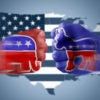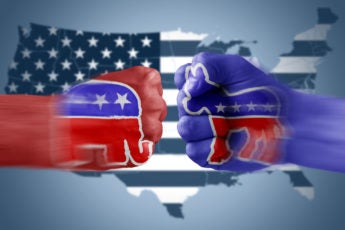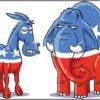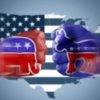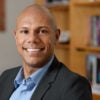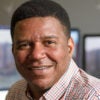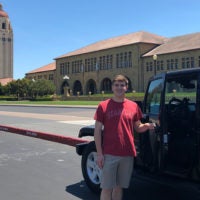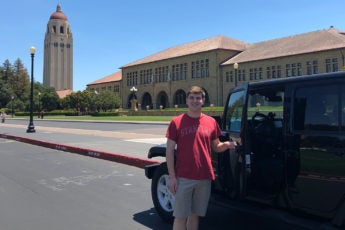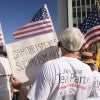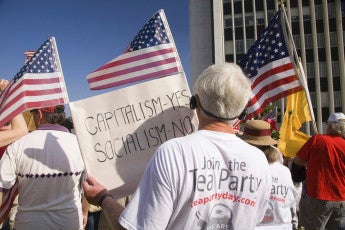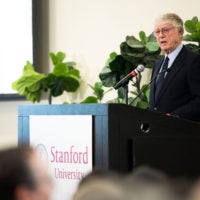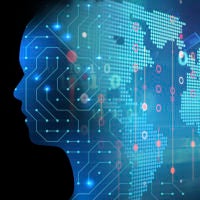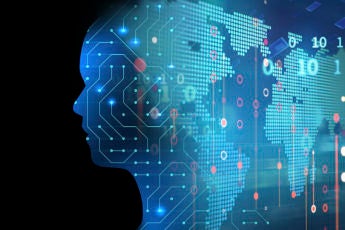Elections are a pillar of American democracy. But for many Americans today, our democratic process feels under siege.
A divided electorate and intense partisanship have led to a tense public mood where feelings of polarization run deep. People are now more attached to their party affiliation than any other social identifier – like race and religion – according to Stanford scholar Shanto Iyengar. He argues that this only amplifies polarization further.
Meanwhile, the internet has changed how information – essential to a healthy democracy – is being shared.
Reports of fake news, propaganda from the United States and abroad and algorithms deciding what information we see has led some people – including Stanford Law Professor Nathaniel Persily – to question what can influence democratic processes in the age of the internet.
In addition, the surprise victories in the last election spurred a debate about how information about the American electorate is gathered as well as the ways in which it is covered in the media.
As the 2018 U.S. midterm elections approach, how can we better understand how these issues affect politics and decision-making today? Stanford scholars from across the social and political sciences are working together to explain how these processes unfold.
–
